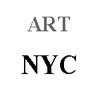Born in 1923 in Zéprégühé, Ivory Coast / died in 2014 in Abidjan, Ivory Coast.
- 2022: Frédéric Bruly Bouabré: World Unbound, Museum of Modern Art, NewYork[3]
- 2022: Venice Biennale, Italy
- 2013: Venice Biennale, Italy
-
2012: Inventing the world: the artist as citizen, Biennale Bénin, Cotonou, Bénin
- 2010–2011: Tate Modern, London, UK
-
2010: African Stories, Marrakech Art Fair, Marrakech
-
2007: Frédéric Bruly Bouabré, Ikon Gallery, Birmingham, UK
-
2007: Why Africa?, Pinacoteca Giovanni e Marella Agnelli, Turin, Italy
- 2006: 100% Africa, Guggenheim Museum, Bilbao, Spain
-
2005: Arts of Africa, Grimaldi Forum, Monaco, France
-
2004–2007: Africa Remix, the touring show started on 24 July 2004 at the Museum Kunst Palast in Düsseldorf (Germany), and travelled to the Hayward Gallery in London, the Centre Georges Pompidou in Paris and the Mori Art Museum in Tokyo.
-
2003: Frédéric Bruly Bouabré, Musée Champollion, Figeac, France
- 2002: Documenta 11, Kassel, Germany
-
2001–2002: The Short Century was an exhibition held in Munich, Berlin, Chicago and New York, organised by a team headed by Nigerian curator Okwui Enwezor
-
1996: Neue Kunst aus Africa, Haus der Kulturen der Welt, Berlin, Germania
- 1995: Galerie des Cinq Continents, Musée des arts d’Afrique et d'Océanie, Paris, France
-
1995: Dialogues de Paix, Palais des Nations, Geneve, Switzerland
-
1994: Rencontres Africaines, the touring exhibition was shown at the Institut du Monde Arabe in Paris, Cidade do Cabo in Sud Africa, Museum Africa in Johannesburg and in Lisbon, Portugal
-
1994: World Envisioned, together with Alighiero Boetti, the exhibition hwas shown in DIA Center for the Arts in New York and American Center, Paris, France
- 1993: Trésor de Voyage, Biennale di Venezia, Venice, Italy
-
1993: Azur, Fondation Cartier pour l'Art Contemporain in Jouy-en-Josas, France
-
1993: La Grande Vérité: les Astres Africains, Musée des Beaux-Arts in Nantes, France
-
1993: Grafolies, Biennale d’Abidjan in Abidjan, Ivory Coast
-
1992: A Visage Découvert, Fondation Cartier pour l'Art Contemporain in Jouy-en-Josas, France
-
1992: Oh Cet Echo!, Centre Culturel Suisse, Paris, France
-
1992: Out of Africa, Saatchi Collection, London
-
1992: L'Art dans la Cuisine, St. Gallen, Sweden
-
1992: Resistances, Watari-Um for Contemporary Art, Tokyo, Japan
-
1991: Africa Hoy/Africa Now, the touring exhibition has shown in Centro de Arte Moderno in Las Palmas de Gran Canaria (Spain), Gröninger Museum in Groningen (Netherlands), Centro de arte Contemporaneo, Mexico City
-
1989: Magiciens de la Terre, Centre Georges Pompidou and Grande halle de la Villette, Paris, France
-
1989: Waaah! Far African Art, Courtrai, Belgium
-
1986: L'Afrique e la Lettre, Centre Culturel Français, Lagos, Nigeria
In Frédéric Bruly Bouabré’s work, representing the world around him is fundamental. “I observe, and what I see delights me. And so I want to imitate,” he declared. Over the course of his decades-long career, the Ivorian artist worked across many subjects and disciplines, researching and documenting various systems of knowledge.
Bouabré was committed to studying and memorializing his native Côte d'Ivoire’s Bété community, and he devoted his life to depicting as much information about it as he could. He first transcribed his oral Bété language in a notebook dated 1957. “Whoever knows these signs, could read my vernacular…. Should one wish to share them, may permission be granted, and help be provided, to teach them to humankind,” he wrote, hoping that his alphabet could contribute to universal kinship. Culminating in his largest series decades later, the Alphabet Bete comprises 449 ballpoint pen and colored pencil drawings, in which each postcard-size scene correlates to a monosyllabic Bété word.
Born in Zéprégühé, in western Côte d'Ivoire, Bouabré served in the French West African Navy and began his career as a government clerk in the colonial administration of French West Africa in Dakar, Senegal. Following his return to Abidjan, he worked as an informant and researcher to French ethnographers and anthropologists collecting and archiving information about his native peoples and other West African communities. In 1948 he experienced a prophetic revelation that prompted his exhaustive documentation of wide-ranging topics, which he first compiled in the form of writing, and subsequently through his art. “Thus, not knowing how to sing, not knowing how to dance, I preferred to write and make lots of drawings,” he explained.
In the late 1970s, after decades of making handwritten manuscripts, Bouabré began to draw on found cardboard, combining image and text. From the 1980s onwards, as the scope of his interests grew, he embarked on an all-encompassing project, drawing from observation almost daily. He titled the open-ended series of drawings Connaissance du Monde, and worked on it until his death in 2014, systematically compiling and classifying forms, ideas, and a wide range of phenomena, including domestic objects, cloud formations, and tribal scarifications, as well as the political climate and world events. Synthesizing West African traditions and his global quest for knowledge, Bouabré envisioned his work as a vital form of didactic thought that reflected both personal and universal experiences.
More story
We have more collections.
Price Inquiry
theartnyc@gmail.com
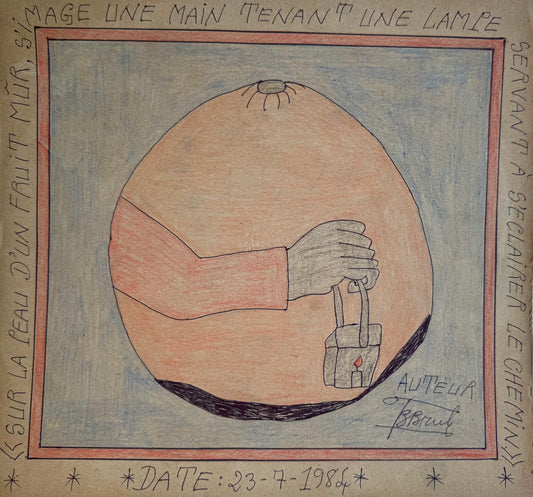
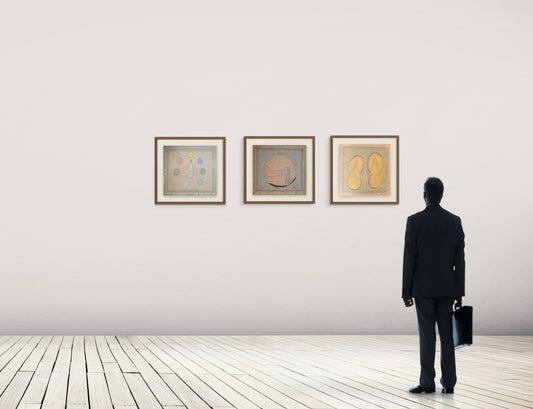
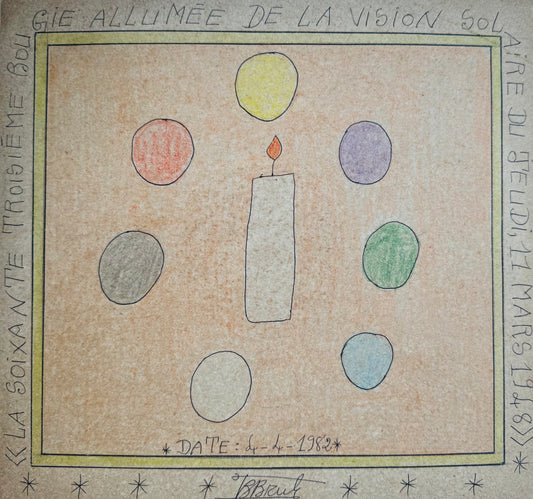





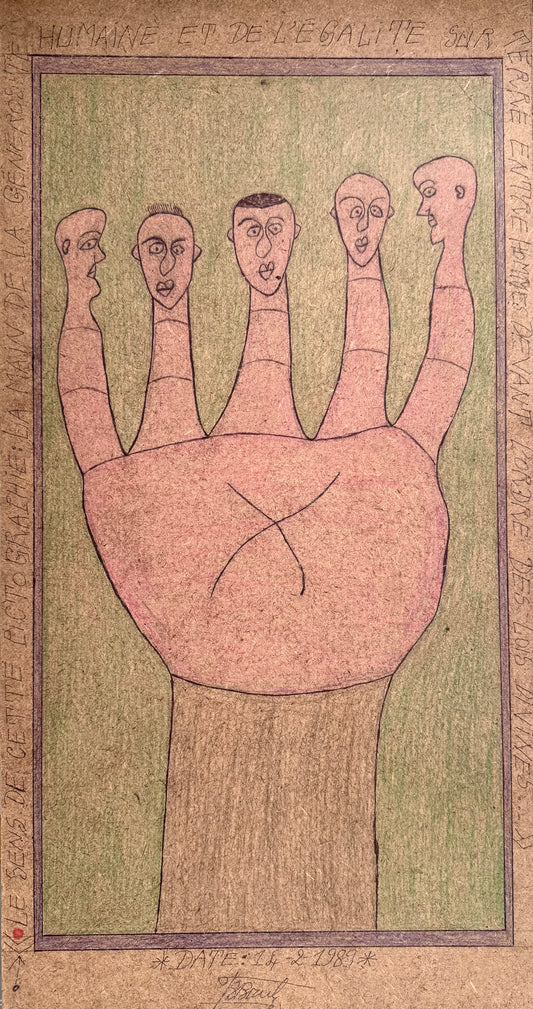

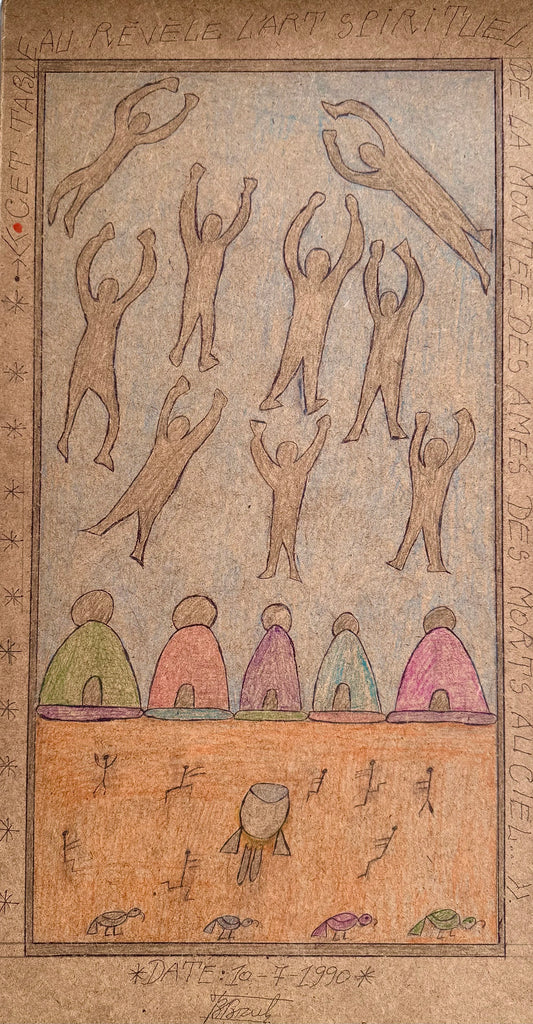
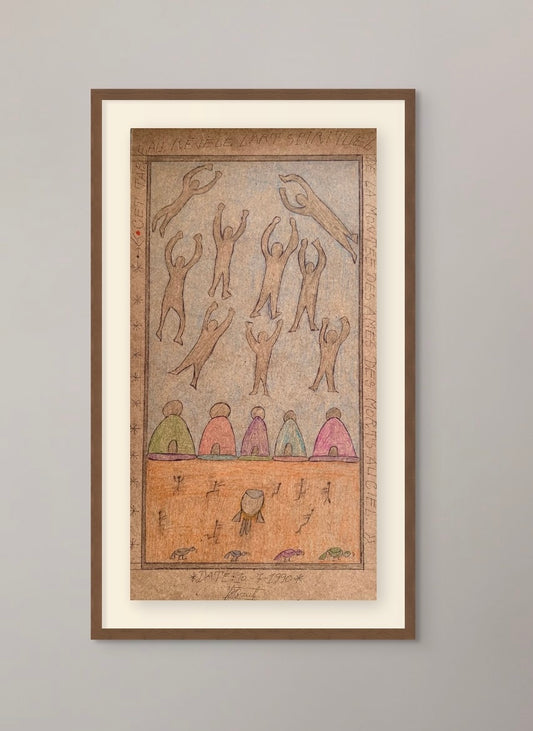
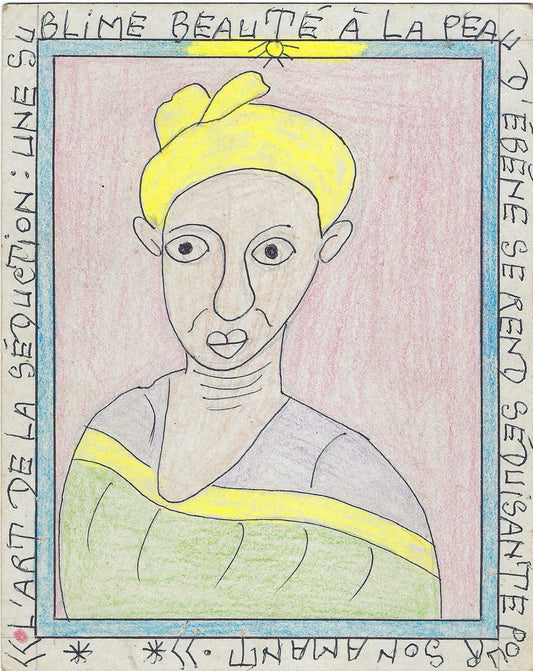
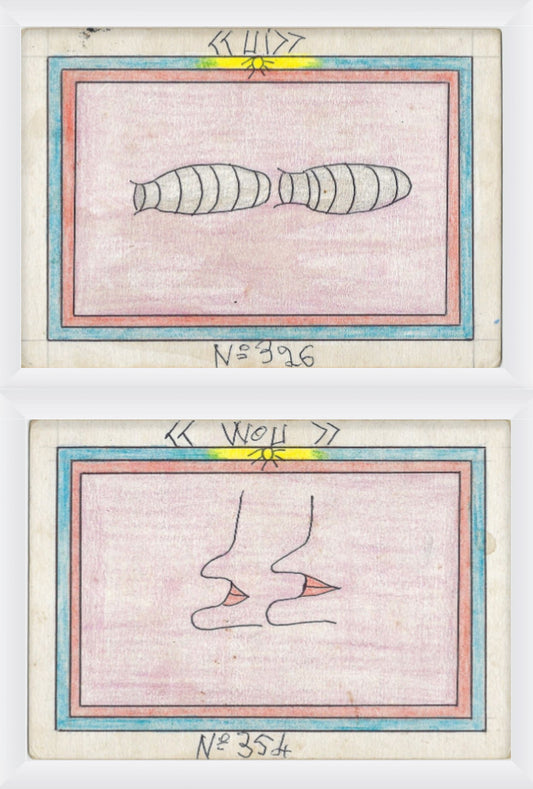
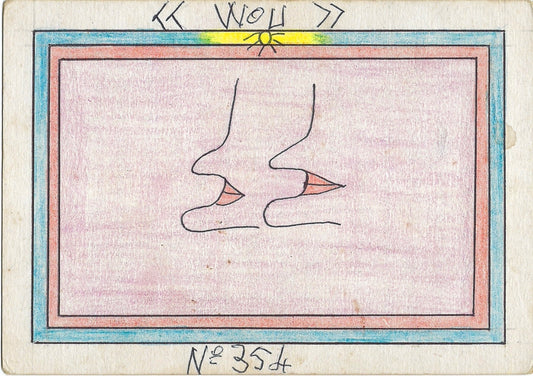



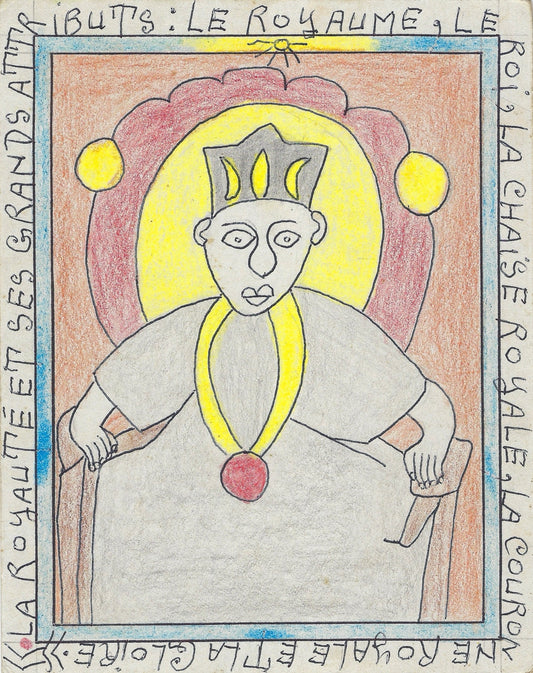
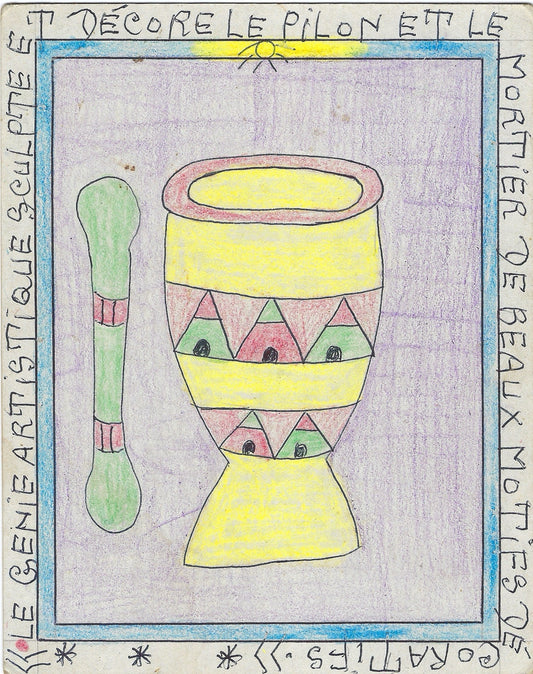

 Sold out
Sold out